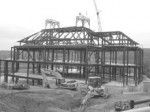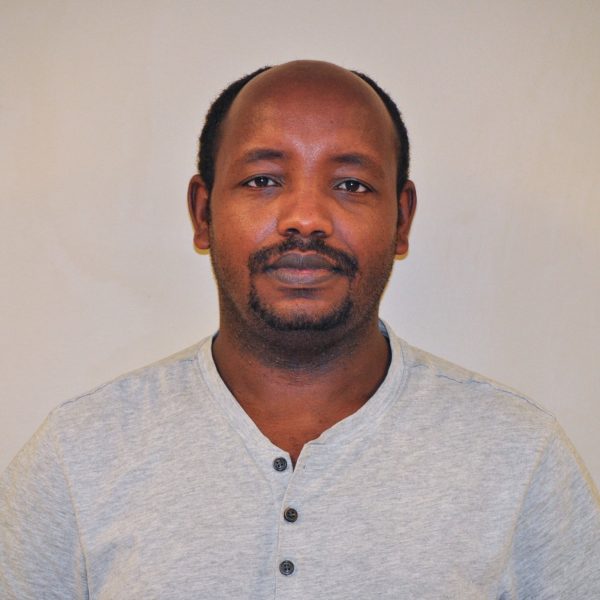Ho Center to be Complete for Fall ’07 Classes

In the past three and a half months, construction on the Robert H.N. Ho Science Center has reached 22 percent completion.
A building veneer should be constructed by March of 2007, and preliminary mock-up walls are already standing. Current projections estimate that the center will be open to perform the majority of its functions by August 10, 2007.
Barr & Barr, the alumnus-led construction firm handling the project, made a great deal of progress this summer with buried infrastructure: electrical lines, computer cabling, steam lines and chilled water lines.
Not only have the number of these lines increased to accommodate the Ho Center, but smaller lines have been replaced with bigger ones, with the eventual goal of providing air conditioning to older buildings such as Andrews Hall and Stillman Hall in addition to the new science center.
William R. Kenan Chair and Professor of Geology Charlie McClennen, the faculty “shepherd” for the project, hopes that such changes will make Colgate more competitive for summer programs.
McClennen explained that the fenced-off hole in the southeast corner of the residential quad near the O’Connor Campus Center (Coop) is being used to lay down this buried infrastructure, especially computer lines, which will run from the Coop to Ho.
“Much more obvious is the steel framing, which is in everybody’s face,” McClennen said.
Despite a 5-week delay in delivery from Amthor Steel, 1,950 of the 2,200 steel beams that will make up the structure of the interdisciplinary science center have already been erected.
The steel skeleton should be finished by mid- to late September. Barr & Barr plans to move up its subcontractors’ short-term project goals in order to make up for the delay. According to Project Manager Tom Lawson, the project is on budget and will most likely remain that way.
“We can avoid market fluctuations for the most part, because we’ve bought everything already,” Lawson said, “Except for…five percent.”
Outside of this five percent, two major pieces of the project have yet to secure all necessary funding: a tunnel between Wynn Hall and the Ho Center, and the projector to be used in the state-of-the-art 3-D Visualization Laboratory on the fifth floor.
The tunnel from Wynn to Ho, which is only partially funded at present, is necessary for the two buildings’ cooperation in chemistry, as certain chemicals cannot be transported outdoors.
The 3-D Visualization Lab will rely on military technology used in jet fighter training programs, and will be a 60-seat theater with screens on all sides, including a domed ceiling. Depending on the class or lecturer using it, the room could be transformed into a brain, a planetarium, a human egg cell, or any geographic location on the planet. Colgate would be one of nine higher-education institutions worldwide, and the only one in the greater northeastern United States, to have such a facility.
Conversations are currently in progress to find a donor for the lab’s $1 million projector, and for the tunnel between Ho and Wynn.
McClennen expressed enthusiasm for the changes that the Ho Center will bring about in the Natural Sciences and Mathematics division. The building’s structure, he said, encourages interdisciplinary conversation, placing geologists, chemists, biologists, astronomers and environmentalists side-by-side in the same hallway. The Environmental Studies program will have its “first home” in the Ho Center, the greenhouse will be expanded and diversified, physics laboratories will move out of Lathrop Hall’s basement (where, McClennen said, “they have been really handicapped” by moisture and ventilation problems), and all disciplines will benefit from the more purely clean-room environments.
“Pigeons get in the attic here [in Lathrop],” McClennen said, “And that’s incompatible with the clean-room environment.”







